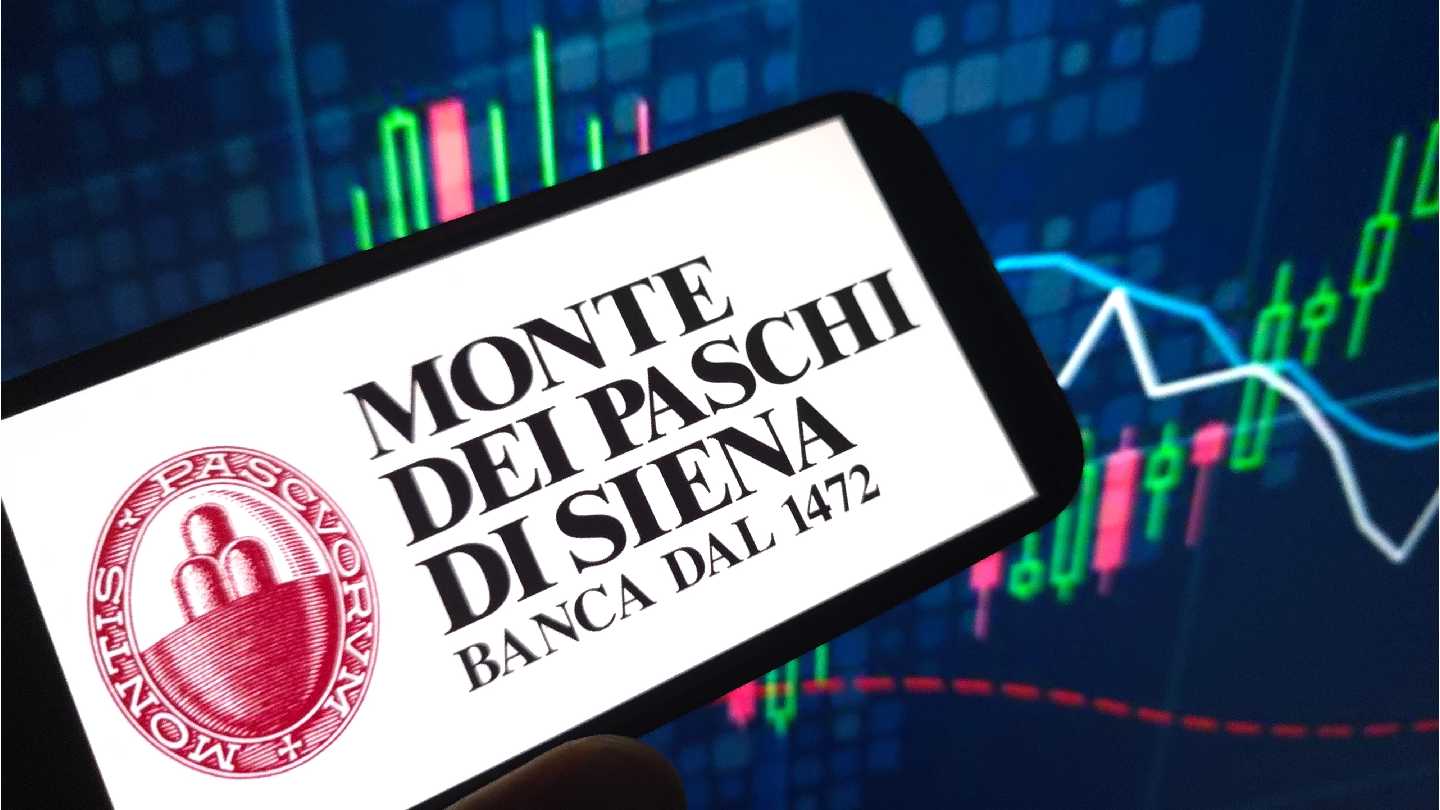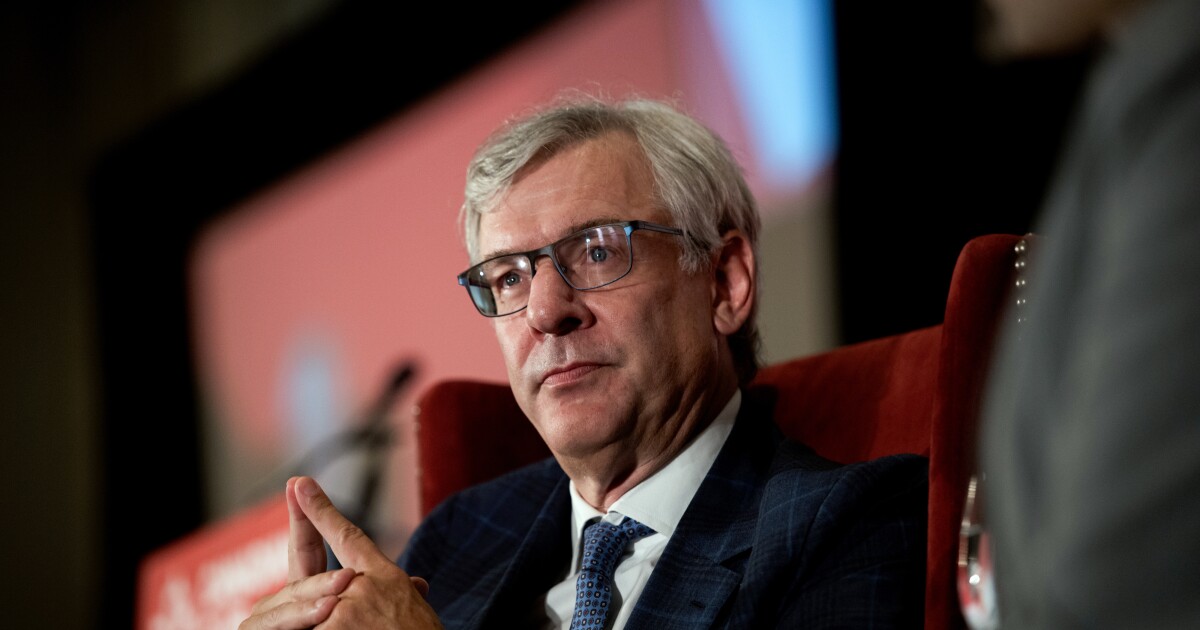Jane Fraser’s Leadership Journey: From CEO to Chairperson at Citigroup
The financial world was recently abuzz with the news of Jane Fraser, the CEO of Citigroup, being elected as the Chair of the bank’s Board of Directors. This move by Citigroup is a reflection of Fraser’s significant leadership role at the bank as it undergoes a comprehensive restructuring. Fraser became the CEO in 2021, succeeding John Dugan who has been the bank’s Chair since 2019, nearly a decade after the bank decided to separate the Chair and CEO roles. This shift in job roles demonstrates the bank’s evolving approach to leadership. [1]
Fraser’s Strategic Vision for Citigroup
John Dugan, who will now serve as Citi’s lead independent director, said, “Citi is in a fundamentally different place than it was when these roles were separated,” praising Fraser’s strategic plan to simplify and focus the bank, which has added significant shareholder value. Fraser’s determined and thoughtful execution of her strategic priorities is reflected in a one-off bonus payment of $25 million awarded to her by the bank.
Under Fraser’s leadership, Citigroup embarked on its biggest restructuring in over a decade. This overhaul aimed to revive the bank, which had been trailing behind its peers since the 2008 financial crisis. The restructuring plan included eliminating a layer of management between Fraser and Citi’s business heads, thereby granting Fraser more control over the bank’s operations. As part of this transformation, Citigroup announced in 2021 that it would cut 20,000 jobs, equivalent to approximately 10% of its workforce. [1]
Financial Indicators of Citigroup’s Progress
The restructuring seems to be bearing fruit, as there are positive signs that it may be starting to pay off. Citigroup’s shares have climbed more than 50% in the past year, reaching their highest level since the financial crisis. In the third quarter, the bank’s net income rose by 16% to $3.8 billion, driven by increased revenue across its main divisions, including trading, investment banking, and wealth management. Furthermore, the bank’s return on tangible common equity—a crucial profitability metric—increased to 8% from 7% in the same quarter in 2024. [1]
Comparing Citigroup’s Leadership Structure to Other Banks
Contrary to the approach of most US companies, it is common for top executives at multinational banks to also chair the board to which they are accountable. This dual-role model is favored by many Wall Street banks, including JPMorgan, Morgan Stanley, Bank of America, and Goldman Sachs. In fact, Citigroup’s move to elect Fraser as Chair follows a similar announcement by Wells Fargo in July, which stated that it would appoint its CEO, Charlie Scharf, as Chair of its board. [1]
The last Citigroup leader to hold both the CEO and Chair roles was Charles Prince, who served as CEO from 2003 and became Chair in 2006. He stepped down from both positions in November 2007. [1]
By entrusting Fraser with both leadership roles, Citigroup is setting a precedent that could potentially influence the leadership structure of other banking institutions. [1]
This story has been amended to reflect that the date when Citi split the CEO and Chair roles was 2007, not 2021. [1]
Source: Here






